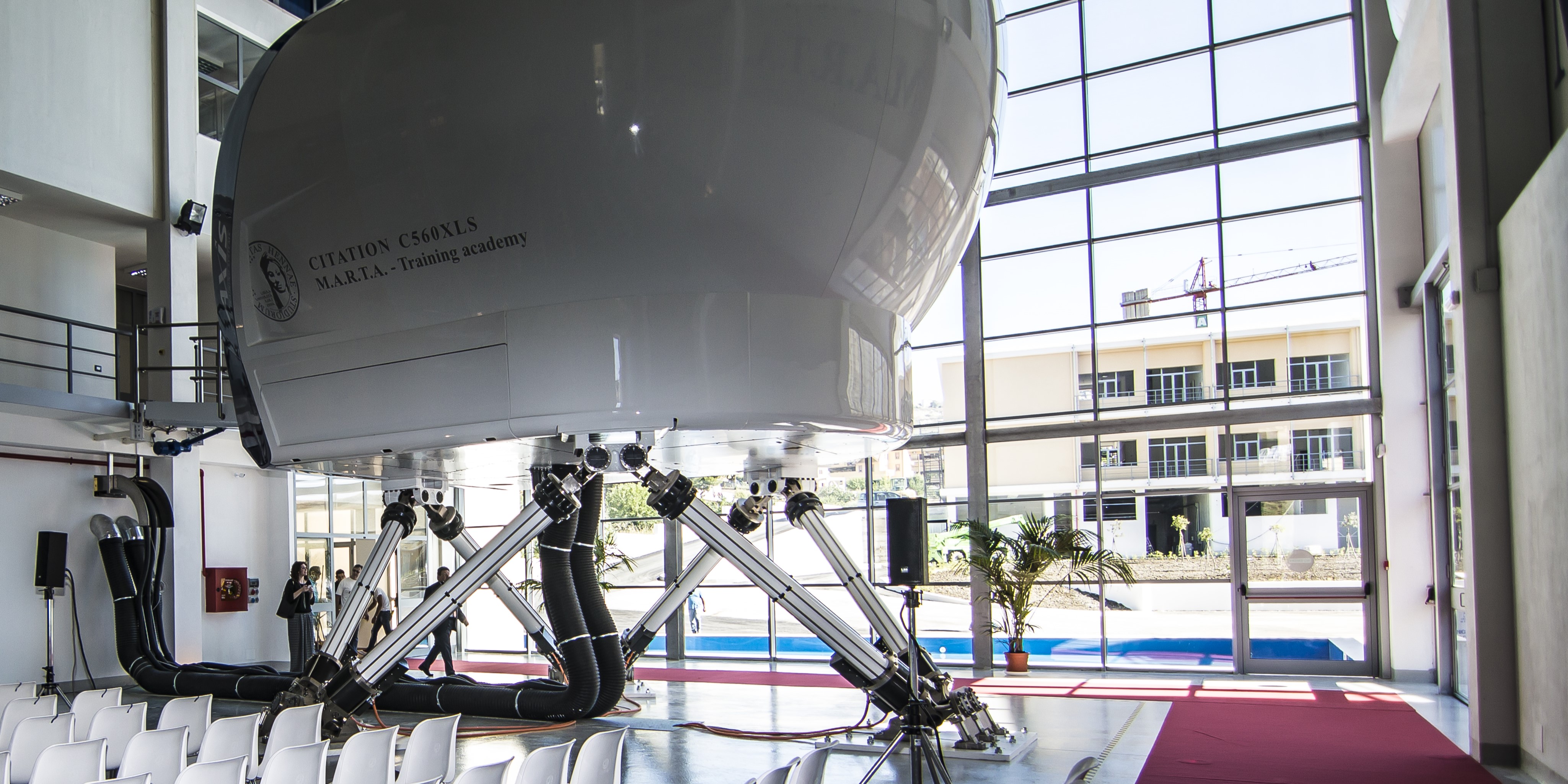
Compressive strain-rate sensitivity of the off-axis stress/strain behaviour of a novel UD carbon fibre-reinforced thermoplastic for aeronautical applications
Please login to view abstract download link
Their high specific properties makes composite materials ideal for many applications, most notably, in the transportation industries. In such applications, parts or sub-components fabricated using this type of material may be subject to various scenarios, many of which at different rates of load application. The influence of strain rate in a material is essential to foresee its behaviour in scenarios like impact or crash, the latter more so in the transportation industries. The strain dependency of a material is essential for its mechanical characterisation. Composite materials' inherent anisotropy leads failure mechanisms set into motion by one or more complex rate-dependent phenomena. In this study, the focus was on the compressive strain-rate sensitivity of the stress-strain off-axis behaviour of a UD thermoplastic composite material intended for aeronautical applications. Strain rate influence has been studied for materials with unidirectional (UD) and woven carbon fibre (CF)-reinforced polymers (CFRPs), with the latter having a lot more available literature. At the time of writing, no available literature was found with the study of UD CFRTPs at different strain rates. After having previously tested the same material with the same geometry quasi-statically, dynamic tests were carried out in a Split-Hopkinson bar (SHPB) to assess strain-rate dependency. The analysis of the change in the visco-plastic properties of the material was also analised by testing transverse compression stacking sequences and two orientations of the fibres: 15º and 30º. Furthermore, the strain-field was obtained by employing Digital Image Correlation (DIC) with a high speed camera.
